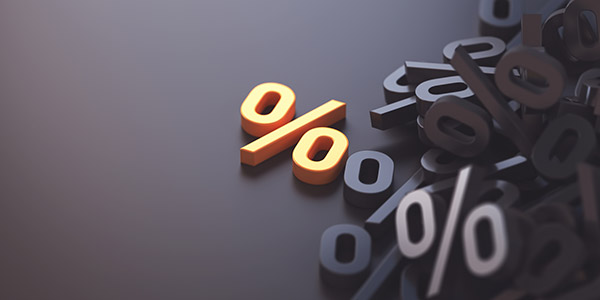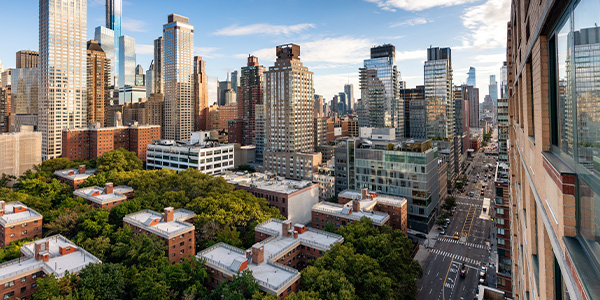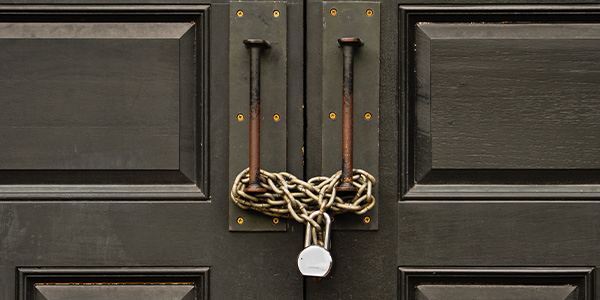Housing News
Mortgage Activity Picked Up in July, Led by Refinances
August 16, 2021
If it seemed like more people were refinancing their mortgages in July, it's because they were. A new report shows that refinance activity picked up significantly in July, with interest rate locks for rate and term refinances climbing by nearly 25% in one month.
According to the new report from Black Knight, overall mortgage activity was up by 5.5% in July compared to June. June also saw more rate locks than May, meaning that rate locks have now increased for two months in a row after declining for two months straight.
The increase was driven entirely by refinances, as rate locks for purchase mortgages were down by 7% from June.
Meanwhile, rate and term refinance rate locks were up by 24% and cash-out refinances were up by 20%.
According to Black Knight, the increase in refinances and the decrease in purchase mortgages pushed the refinance share of the overall market back to 50%, the first time it's been that high in five months.
As for why purchases were down, which was telegraphed by June's decline in pending home sales, Black Knight cited "rising home prices and constrained for-sale inventory."
But as purchases were falling, refinances were doing just the opposite.
According to Black Knight, the increase in refinances was driven by a combination of declining interest rates and the Federal Housing Finance Agency repealing the "adverse market fee" that was in place for many Fannie Mae and Freddie Mac refinances this year.
"When the FHFA announced the repeal of its adverse market fee for refinance in mid-July on top of already falling 10-year Treasuries, we saw interest rates tick down below 3% within days," Black Knight Secondary Marketing Technologies President Scott Happ said.
"And while we didn't see homeowners looking to refinance react as quickly or as strongly to such slight rate movements in the past few months, they certainly did so in July," Happ continued.
"The mid-month surge was pronounced, but short-lived, suggesting that crossing the 3% threshold was what borrowers were waiting for before acting, and when rates ticked back above that psychological line, they held back on the sidelines once again," Happ added.
However, Happ notes that activity appears to be increasing again in early August. "Now that rates are again below 3%, a very early look at August lock data suggests more of the same in the month's earliest days," Happ said.






 Smart Moves Start Here.
Smart Moves Start Here.